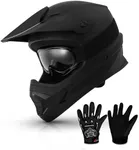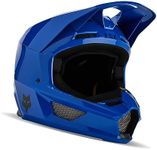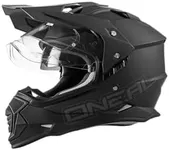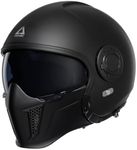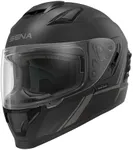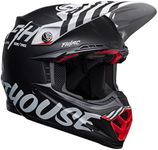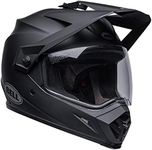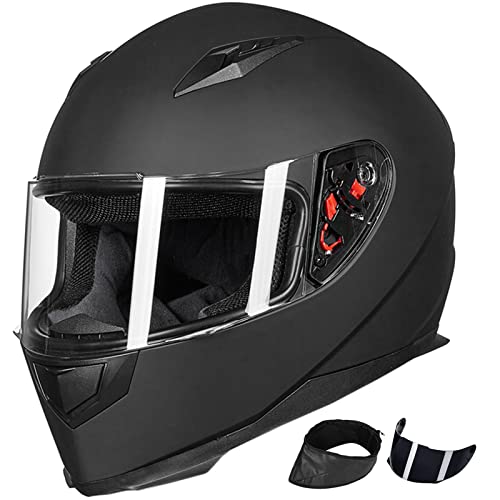Buying Guide for the Best Motocross Helmets
Choosing the right motocross helmet is crucial for your safety and comfort while riding. A good helmet not only protects your head in case of an accident but also enhances your riding experience by providing comfort and reducing fatigue. When selecting a motocross helmet, consider the following key specifications to ensure you get the best fit for your needs.Safety CertificationsSafety certifications indicate that the helmet has passed specific safety tests and meets certain standards. Common certifications include DOT (Department of Transportation), ECE (Economic Commission for Europe), and Snell. These certifications are important because they ensure the helmet can provide adequate protection in the event of a crash. Look for helmets with at least one of these certifications to ensure a basic level of safety. If you are a professional rider or participate in competitive events, you might want to look for helmets with multiple certifications for added assurance.
Fit and ComfortThe fit and comfort of a helmet are crucial for long rides and overall safety. A helmet that fits well will stay in place and provide better protection. Helmets come in various sizes, so it's important to measure your head circumference and try on different sizes to find the best fit. The helmet should be snug but not too tight, and it should not move around when you shake your head. Additionally, consider the padding and interior lining, which should be comfortable and moisture-wicking to keep you dry and comfortable during rides.
WeightThe weight of a motocross helmet can affect your comfort and performance. Lighter helmets reduce neck strain and fatigue, especially during long rides or races. Helmets typically range from around 2.5 to 4 pounds. For casual riders, a slightly heavier helmet might be acceptable, but for competitive riders, a lighter helmet can make a significant difference. Choose a helmet that balances weight and protection to suit your riding style and needs.
VentilationVentilation is important to keep you cool and comfortable while riding. Good ventilation systems allow air to flow through the helmet, reducing heat and moisture buildup. Helmets with multiple vents and channels provide better airflow. If you ride in hot climates or engage in intense riding sessions, look for helmets with advanced ventilation features. For cooler climates or less intense riding, fewer vents might be sufficient.
VisorThe visor on a motocross helmet protects your eyes from the sun, mud, and debris. Adjustable visors allow you to customize the angle to suit different lighting conditions and riding environments. Some visors are also designed to break away in the event of a crash to reduce the risk of injury. Consider the type of riding you do and choose a helmet with a visor that offers the right balance of protection and adjustability for your needs.
MaterialThe material of the helmet shell affects its durability, weight, and protection level. Common materials include polycarbonate, fiberglass, and carbon fiber. Polycarbonate helmets are generally more affordable and provide good protection, but they are heavier. Fiberglass helmets offer a good balance of weight and strength. Carbon fiber helmets are the lightest and strongest but are also the most expensive. Choose a material that fits your budget and provides the level of protection and comfort you need.
Design and StyleWhile not as critical as safety features, the design and style of a helmet can be important for personal satisfaction and confidence. Helmets come in various colors, graphics, and finishes. Choose a design that reflects your personality and makes you feel good while riding. However, never compromise safety and comfort for style. Always prioritize the helmet's protective features and fit over its appearance.
